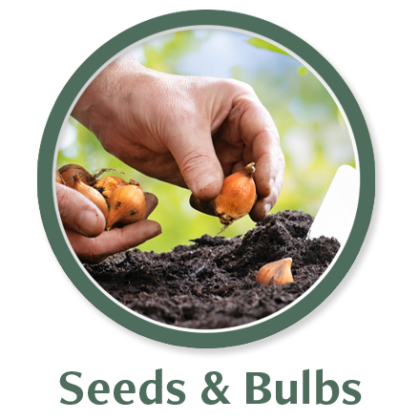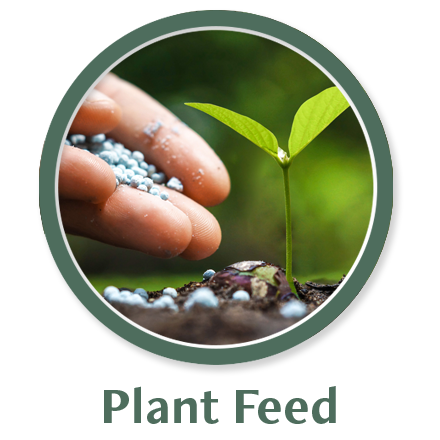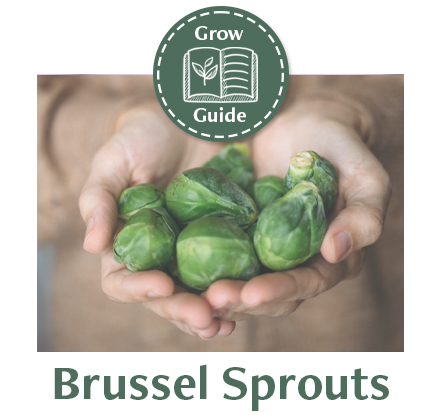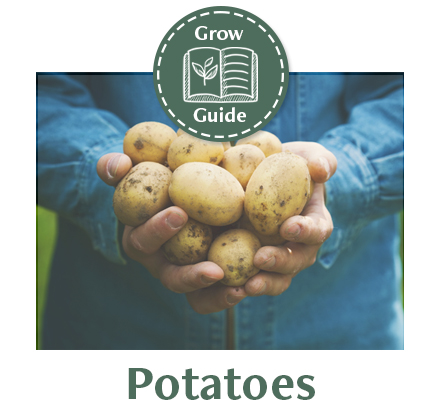

As part of the allium family , leeks pack as much flavour as they do nutrients much like their cousins, the onion. Did you know that these vegetables are packed with sulfur compounds which have been shown to effectively lower blood sugar levels and protect the brain from age-related mental decline and disease. It’s even been seen in animals that kaepferol which is found in leeks can protect against bacterial, virus and yeast infections.
100g of raw leeks has the following nutritional value:
22 calories, 3g carbs, 2g sugars, 2g protein, 1g fats, 2g fibre, 30% RDA vitamin B6, 26% RDA B1, 17% vitamin C, 14% folate, 9% iron.

This tasty winter vegetable is so easy to grow but do require a little time and attention when it comes to sowing and moving later on.


To grow leeks you will need to sow the seeds in spring, from late February through until April for an autumn and winter harvest.
Leeks have traditionally been sown into a seed bed and then when the plants are young they’re transported to the main vegetable plot in the early summer. This allows more space in your main plot for other vegetables until later when the leeks need more space.
Sow the leeks seeds thinly into a seed bed away from your main vegetable plot, about 1cm deep and in rows about 15cm apart. Or if you’re looking to sow indoors, this can be done by sowing one seed per module, to then be transported later.


In the autumn dig into the growing site plenty of garden compost or well-rotted manure. This will improve your chances of a bumper crop.
A sunny spot is required and fertile, well-drained soil.
Although leeks aren’t fussy when it comes to soil conditions they do require to be kept moist. This can be done through mulching the beds once the plants are in place with straw or organic material.

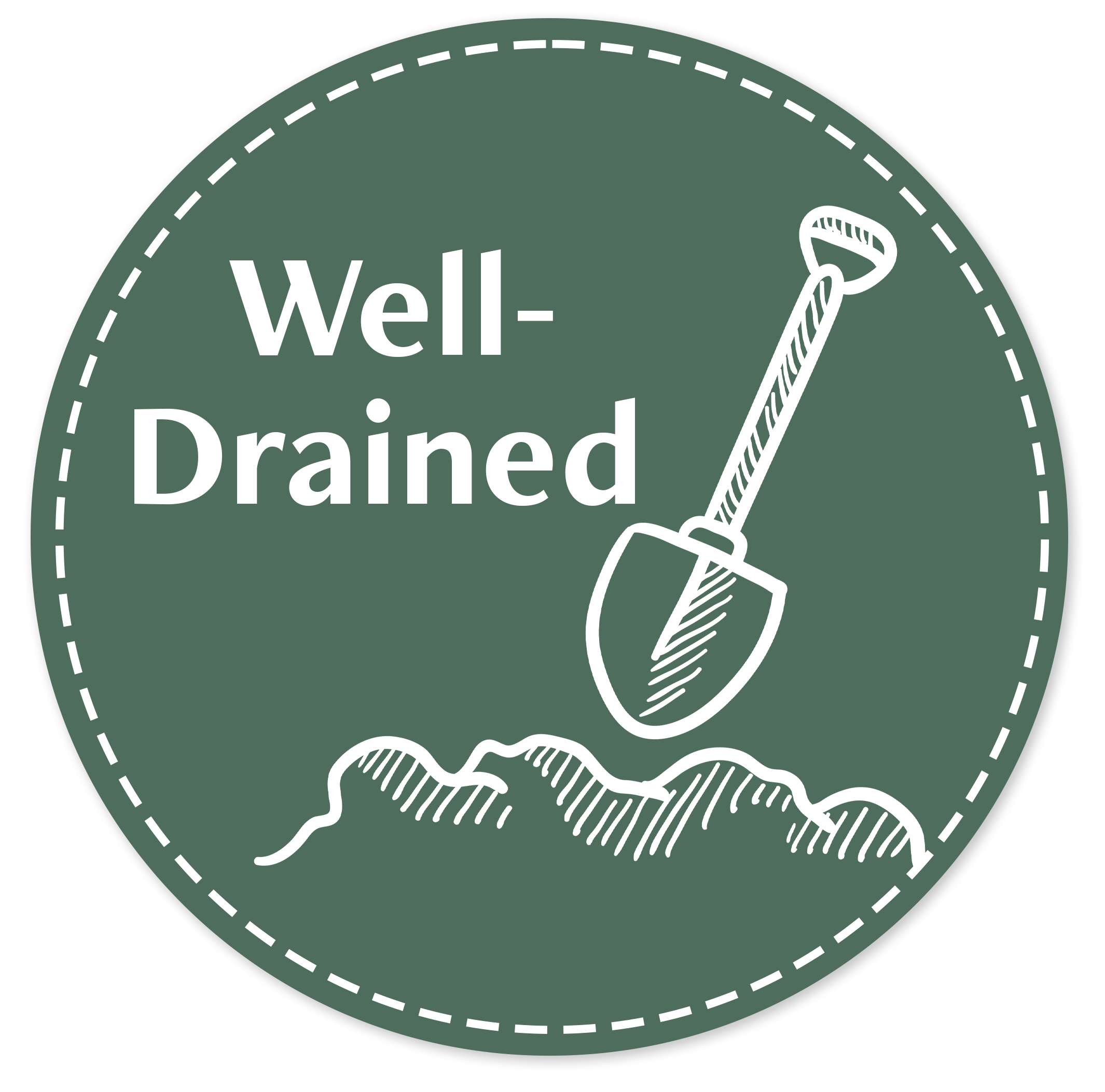


A long white stem is encouraged by gradually drawing the dry soil up around the plant periodically as it grows. Pay attention as you do this as to avoid getting soil in between the leaves.
Watering should be regularly and especially during dry spells.
A week after planting leeks can be regularly fed with a water-soluble plant food.
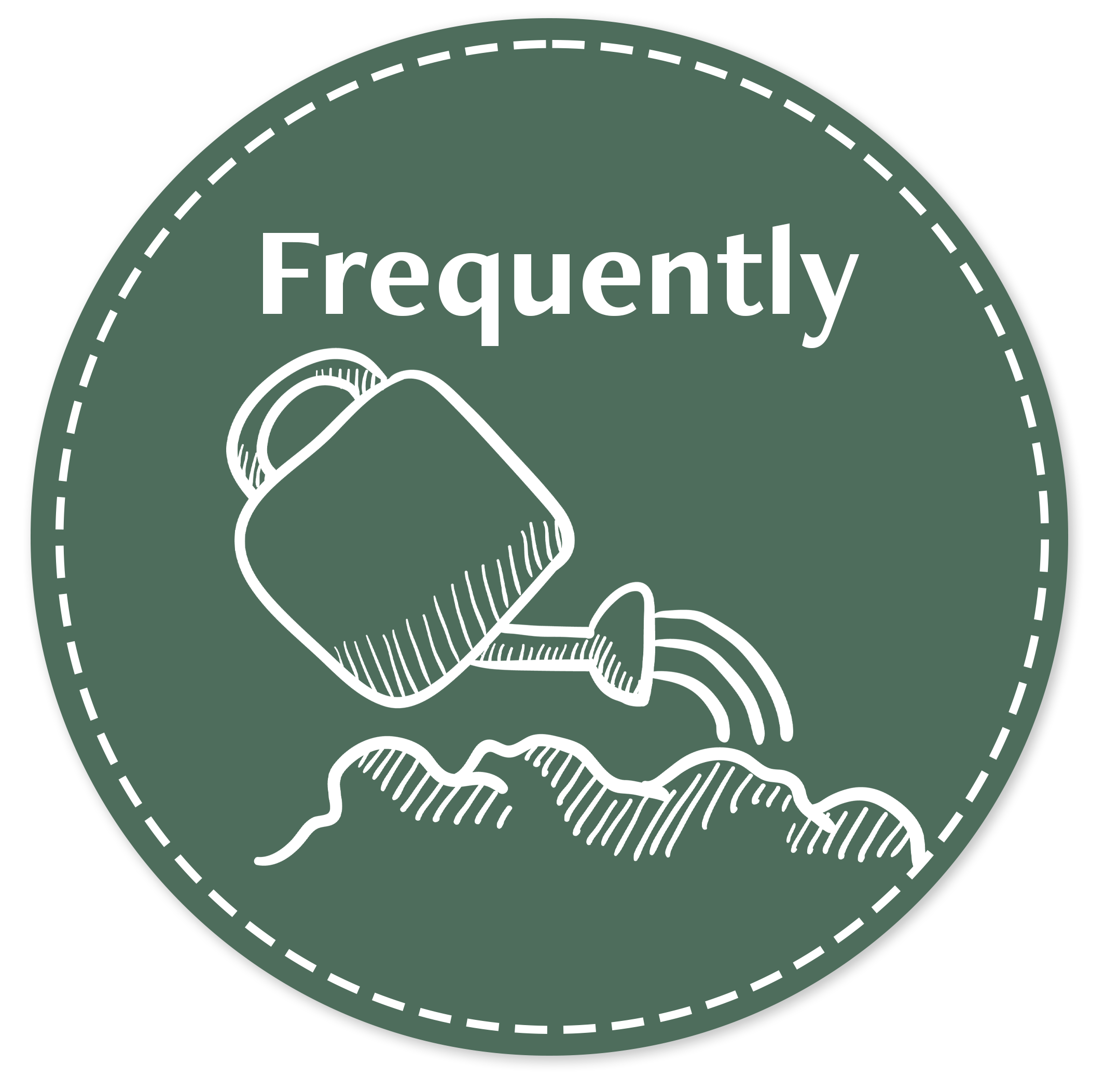

Leek Moth

Leek moths tend to be more prevalent around the south-east coast of the UK although is has been found in other more northerly areas of the UK.
Signs of leek moth larvae are whitish-brown patches developing on the leaves caused by the insect tunnelling into the leaf. Rotting and yellowing leaves can occur in more severe cases.
It’s best to protect the plant before any attacks by covering the plants in horticultural fleece which will prevent the adult moths from laying eggs. Otherwise there is very little else to do once the larvae start attacking the plant besides removing and destroying the infected plants to limit the spread.
Onion White Rot
This is a soil-borne fungus that causes the foliage to wilt and yellow whilst the roots and bulb rots.
The fungus is visible on the bulb as a white fluff around the base, later becoming small black structures.
There is no cure for onion white rot so it’s highly important to maintain excellent soil hygiene practises such as avoiding cross contamination via tools or muddy footwear from areas which may have had the fungus.
Leek Rust
This fungal disease is visible on the leaves as bright yellow spots, typically during long, wet spells.
There is unfortunately no control for rust once the infection has appeared.
Although a little bit of leek rust won’t harm the plant, a serious infection can cause the leaves to shrivel and affect yield.
The best way to prevent against leek rust is to avoid overcrowding of the plants to avoid increasing the humidity.
Any plants that show signs of severe leek rust should be disposed of and no garlic, leeks or onions should be grown on that same spot for at least three years.

 For an increased cropping period, harvesting will start in late summer when the leeks are quite small. They’ll only require lifting with a fork.
For an increased cropping period, harvesting will start in late summer when the leeks are quite small. They’ll only require lifting with a fork.
Leeks can continue to grow in the ground through the winter until they are required.




